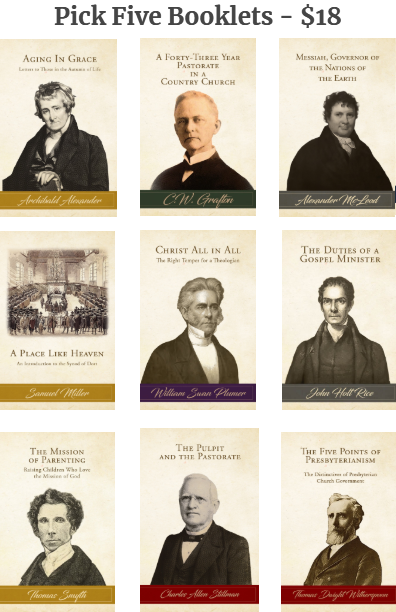(Receive our blog posts in your email by clicking here. If the author links in this post are broken, please visit our Free PDF Library and click on the author’s page directly.)
It was in the middle of the 19th century that the Baháʼí Faith was founded in Iran (then known as Persia) by the Báb and Baháʼu'lláh. It was not until the 1893 at the World’s Fair held in Chicago where Henry Harris Jessup, through a paper read at the World’s Parliament of Religions, first brought attention to the words of Baháʼu'lláh in America.
The Baháʼí Faith arose in the context of Islam but it conceives of the founders of all major world religions as being sent from God, culminating in the Baháʼu'lláh, who died in 1892. It teaches, among other cardinal principles, that there is an essential unity and harmony among all religions, and all peoples.
Jessup was an American Presbyterian missionary to Syria / Lebanon, who was one of earliest to encounter the Baháʼí Faith. He concluded his 1893 paper with an optimistic assessment:
In the palace of Behjeh, or Delight, just outside the fortress of Acre. on the Syrian coast, there died a few months since a famous Persian sage, the Babi saint, named Behá Allah — the "Glory of God" — the head of that vast reform partv of Persian Moslems, who accept the New Testament as the Word of God and Christ as the deliverer of men, who regard all nations as one, and all men as brothers. Three years ago he \\a> visited by a Cambridge scholar, and gave utterances to sentiments so noble, so Christ-like, that we repeat them as our closing words:
“That all nations should become one in faith and all men as brothers; that the bonds of affection and unity between the sons of men should he strengthened; that diversity of religion should cease and differences of race be annulled; what harm is there in this? Yet so it shall be. These fruitless strifes, these ruinous wars shall pass away, and the' Most Great Peace' shall come. Do not you in Europe need this also? Let not a man glory in this, that he loves his country; let him rather glory in this, that he loves his kind."
Yet, in his 1910 autobiographical memoir Fifty-Three Years in Syria, Vol. 2, p. 687, his perspective of the Baháʼí Faith (which he terms “Babism”) had changed:
I can understand how an intelligent Moslem might be attracted to Babism, on account of its liberality towards other sects, as contrasted with the narrow conceited illiberality of Islam. But I cannot understand how a true Christian can possibly exchange the liberty with which Christ makes us free and the clear, consistent plan of salvation through a Redeemer, for the misty and mystical platitudes of Babism.
The following is a brief list of resources currently available at Log College Press by American Presbyterians who addressed the claims of the Baháʼí Faith.
William Fred Galbraith: 1) Babism or Behaism (1906);
Francis J. Grimké: 1) 1918 correspondence between Grimké and Joseph H. Hannen, an American Bahá'í in The Works of Francis J. Grimké, Vol. 4, pp. 209-211;
Henry Harris Jessup: 1) The Religious Mission of the English Speaking Nations (1893); 2) The Babites (1901); 3) Babism and the Babites; and 4) Fifty-Three Years in Syria (1910);
Robert McEwan Labaree: 1) Review of Horace Holley, Bahai, The Spirit of the Age (1922);
John Haskell Shedd: 1) Babism — Its Doctrines and Relation to Mission Work (1894)
William Ambrose Shedd: 1) Bahaism and Its Claims (1911);
Samuel Graham Wilson: 1) Bahaism (1914); 2) Bahaism an Antichristian System (1915); 3) The Bayan of the Bab (1915); and 4) Bahaism and Its Claims: A Study of the Religion Promulgated by Baha Ullah and Abdul Baha (1915).
The Bahá'í Faith rose significantly in popularity in America in the 1960s, but the impressions, particularly by missionaries to the Middle East, provide a fascinating insight for us today into how earlier American Presbyterians viewed this 19th century religion.
Note: This writer was at one time a Bahá'í, before he was saved by Jesus Christ, by the grace of God.



